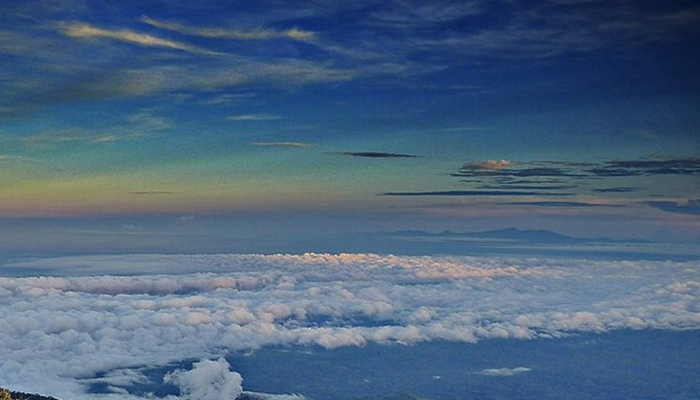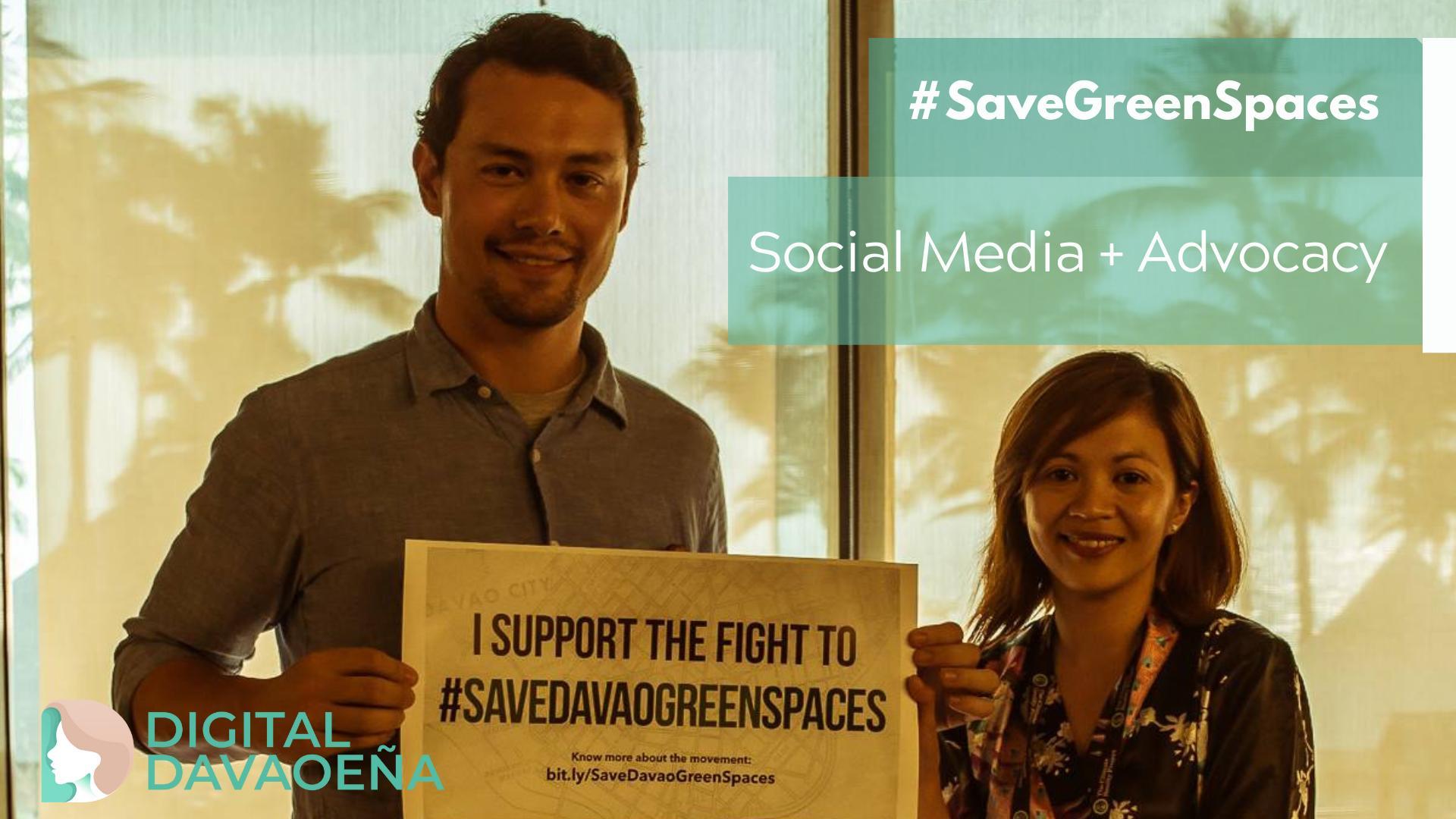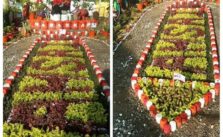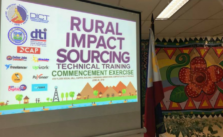The Climate Reality Project in the Philippines was attended by almost 800 people from all over the world, most were from the Philippines. There were participants from different industries like the media, entertainment, business, schools, non profit and the government. And with the goal of catalyzing a global solution to the climate crisis by making urgent action a necessity across every level of society, by the end of the 3 day training, we were expected to be alarmed, educated and hopeful enough to share the issues of climate change among our own local communities.
Be Alarmed
Just last year, several countries suffered from heat waves. India suffered from a heat wave that killed at least 2500 people across several regions, in Pakistan, it killed 2000. Iran reached a heat index of 74 degrees Celsius. To put it in context, it takes 100 degrees Celsius to boil water.
Droughts have worsened throughout the years as well. Provinces in China experienced their worst drought in over 60 years, and Syria has lost 60% of its fertile land into the desert.
The storms were also at their worst all over the world. The United Kingdom experienced its heaviest 24 hour rainfall on record with 34.1 cm (13.4 inches) of rain fell in 24 hours. Montpellier France received 25 cm (9.8″) of rain in 3 hours. Florida had 61 centimetres of rain in 26 hours.
These numbers may not mean anything, except, Davao is in the Philippines. From 1994 to 2013, the Philippines has suffered from 328 major weather-related events, and the number is continuously on the rise.
I’ve lived in Davao all my life, and like many I can still recall the shock when we experienced our first major flood back in 2011. The flood killed 25 people and affected 5 baranggays, one of the worst hit was in Matina Pangi. It was caused by only 3 hours of heavy rain that could have been curtailed if not for the natural degradation of the areas along the Pangi river. In the previous years, there have been aggressive logging and mining, which caused the soil to erode towards the river. The magnitude of the problem has stressed our government officials enough for then Mayor Sarah Duterte to punch a sheriff after the need to deal with the squatting issue after coming from the operations for the flooding victims.
The 2013 flooding affected 9,230 families. There were 654,900-worth of damage to livestock and poultry, and 100 farms were affected in the villages of Tigatto and Waan which covered 242 hectares. 15 areas were declared under a state of calamity and the government released PHP 53.5 million calamity funds.
A mere Los Pressure Area of supposed tropical depression “Onyok” has triggered floodings and landslides in several parts of the Davao region.
I can no longer imagine “Diri lang ko sa davao, walay traffic, walay baha.” Maybe we have the same amount of rainfall, but no longer have enough trees to absorb the water, or maybe the amount of rainfall has increased in the city. But the fact is, the Davao of today is no longer the Davao we had years ago.
Be Educated
We have all heard of the green house effect. According to Wikipedia, “The greenhouse effect is the process by which radiation from a planet’s atmosphere warms the planet’s surface to a temperature above what it would be without its atmosphere. If a planet’s atmosphere contains radiatively active gases (i.e., greenhouse gases) the atmosphere will radiate energy in all directions.”
The biggest sources of greenhouse gases include air transport, industrial processes, industrial agriculture, crop burning, ferilization, land transportation, land fills, coal mining, coal plants, oil production, forest burning and thawing permafrost.
I was asked to relate what I learned from the Climate reality to Davao, and it wasn’t difficult at all. We embrace 9 out of 12 biggest sources of greenhouse gases, with a 300MW coal power plant just recently opening January of this year.
I have not gone into every single effect of climate change, but at one time or another, we can now see that the concern isn’t just the melting of ice and sea level rise. It includes political instability, floods and mudlides, wildfires, drought, storm damage, ocean acidification, infrastructure loss, climate refugees, species extinction, famine, water scarcity, ecosystem loss and increase in infectious diseases.
If we look at a global scale, since 1980 to 2015, the earth’s surface temperature has increased by 1.5 degrees Farenheight. The “extreme” temperature events used to cover 0.1% of the Earth. Now they cover 14.5%. The Ocean Heat Content Change has risen drastically as well, not only affecting water surfaces of up to 700 meters deep, but now also increasing temperatures of our oceans 2,000 m and deeper. And we are contributing to this global change.
Be Hopeful
Despite the struggle we’ve had through the years, every National Academy of Science of every
major country in the world confirms Anthropogenic Global Warming. This means that even if private individuals, corporations or even our government officials deny or refuse to act on climate change, we have science to back it up. And even without any of these statistics, just step outside your homes Davaoenos.
So what are we currently doing about this?
On a global scale, investment on renewable energy has increased from $150 Billion in 2009 to $250 Billion in 2014. The Vatican city has installed 2,000 photovoltaic (solar) panels because of Pope Benedict’s appeals for greater efforts to protect the environment. Even third world countries like Bangladesh is now installing solar PV systems at the rate of two per minute, 24 hours a day.
In Davao, Ateneo de Davao has become a model University for installing panels that generate and supply at least 13.44 kilowatt solar energy (with 48 panels at 280watts each). They have also donated, through The Center for Renewable Energy and Appropriate Technologies (CREATE), twelve (12) solar panels and two (2) 12-V deep cycle batteries to Sitio Bansil, Barangay Malabog, Paquibato District, Davao City last October 19, 2015.
What else can we do?
During the Climate Reality Project, I heard from The Climate Change Commissioner Emmanuel M. de Guzman that they have excellent programs to combat climate change, especially highlighting their projects in Davao, which, unfortunately, I have not heard of so far. Furthermore, we continuously suffer from destructive mining, deforestation, expanding urbanization, coal plant projects and more.
Davao is a progressing city, and is vulnerable to the false concept that in order to truly progress, we need to sacrifice our environment. However, there is hope.
Davao’s strength lies not only on the privilege of being close to the sea and the mountain. It has a charm that entices every visitor not only to come back, but to love Davao and share their experience with everyone. Ask any Davaoeno, and they would willingly pledge their dedication to our city. When we think about Davao, we do not think of boundaries, ethnicity, culture or dialect, we think of our obligation as citizens of this city.
A great example is achieving success in the call for the mayor to veto of the removal of the 10% green spaces for real estate development. We clamoured when we heard of the plans to cut the trees in Dacudao Avenue. If we, as a city, call for our local government to push for projects to help stop environmental damages, we are the city that can do this. If more Davaoenos are willing to offer their money, talents, time, or skills to promote renewable energy and environmental laws and implementation, we can attempt to become an eco-city and be ranked among Curitiba in Brazil, Auroville in India or Freiburg in Germany.
If it’s difficult to understand on a global level that climate change affects our lifestyle, livelihood and lives, then let us remember that citizen is not a title, but an action, and we have an obligation to this city to keep it green.
(Dakila is a group of artists advocating human rights. – Editor)
(This article was originally posted in Edge Davao)







0 Comments